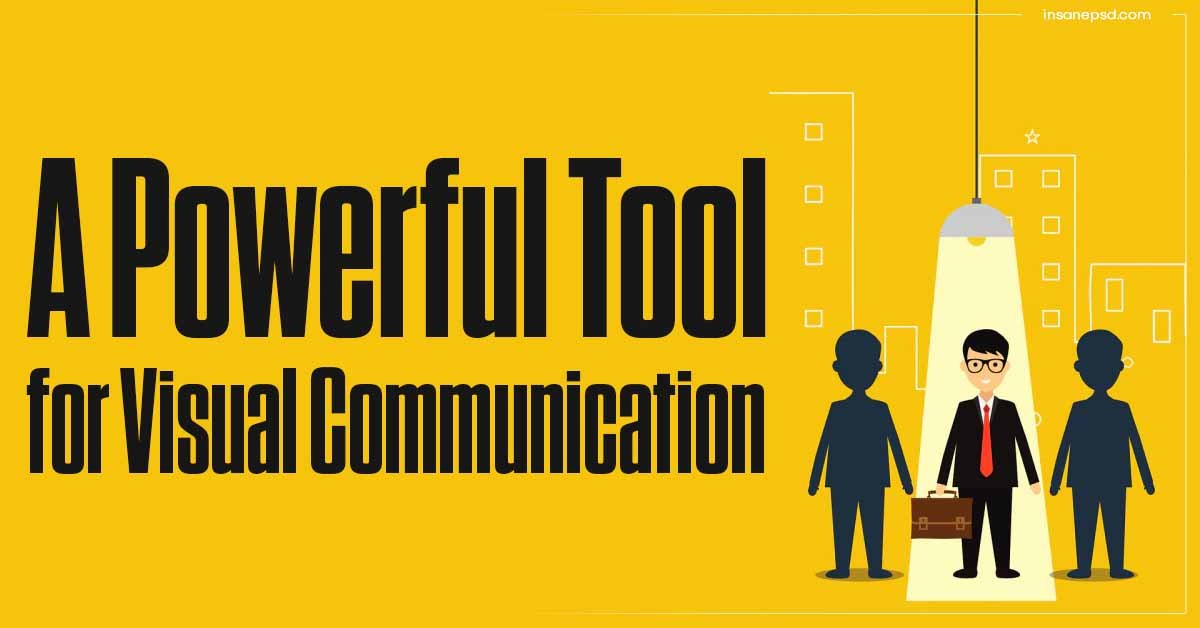Introduction
In the era of information overload, capturing and retaining audience attention has become a formidable challenge. Visual communication has emerged as a crucial strategy, and among the various tools available, infographics stand out as a powerful means of conveying complex information in an easily digestible format.
What are Infographics?
Infographics, a fusion of information and graphics, serve the purpose of simplifying intricate details through visual representation. They can take various forms, from charts and graphs to timelines and diagrams, offering a dynamic way to present data and concepts.
Why Are Infographics Powerful?
The human brain processes visuals significantly faster than text, making infographics an ideal medium for information consumption. The combination of colors, shapes, and concise content not only captures attention but also enhances information retention.
Benefits of Using Infographics
One of the primary advantages of infographics is their ability to increase engagement. In a world bombarded with content, visuals stand out and are more likely to be shared. Infographics also excel in simplifying complex information and breaking down intricate details into easily understandable components. Additionally, they facilitate enhanced storytelling, allowing brands and individuals to connect with their audience on a more emotional level.
Designing Effective Infographics
Creating impactful infographics requires attention to visual hierarchy, color psychology, and thoughtful font choices. A well-designed infographic guides the viewer’s eye through a logical flow of information, ensuring the message is conveyed clearly and effectively.
Tools for Creating Infographics
Numerous online platforms and graphic design software make creating infographics accessible to a broad audience. Whether you’re a seasoned designer or a novice, these tools provide templates and features that simplify the design process.
Infographics in Digital Marketing
In the realm of digital marketing, infographics play a pivotal role. They are highly shareable on social media, boosting brand visibility and engagement. Moreover, search engines favor visual content, contributing to improved SEO rankings. The potential for virality adds an extra layer of effectiveness to infographics in digital marketing campaigns.
Examples of Successful Infographics
Several memorable campaigns owe their success to well-crafted infographics. Case studies showcasing the impact of infographics on audience understanding and brand recognition are abundant, demonstrating the effectiveness of this visual communication tool.
Infographics in Education
In the educational landscape, infographics have become valuable resources. Teachers use them to make lessons more engaging, and students find it easier to grasp complex concepts when presented visually. The marriage of education and infographics enhances the learning experience.
Common Mistakes to Avoid
Despite their effectiveness, infographics can fall short if not executed properly. Cluttered design, inaccurate data, and an overreliance on text are common pitfalls that should be avoided to ensure the success of an infographic.
The Future of Infographics
As technology advances, the landscape of infographics is expected to evolve. Emerging trends such as interactive infographics and integration with augmented reality present exciting possibilities for the future of visual communication.
How to Incorporate Infographics into Your Content Strategy
For individuals and businesses looking to leverage infographics, identifying suitable topics and choosing the right format are critical steps. Understanding the target audience and tailoring the infographic accordingly enhances its impact.
Challenges in Infographic Creation
While infographics offer immense benefits, the process of creating them can be time-consuming. Balancing aesthetics and information is an ongoing challenge, requiring a delicate equilibrium to produce visually appealing and informative content.
Measuring the Success of Infographics
Analytics and user feedback play a crucial role in evaluating the success of infographics. Tracking shares, engagement, and conversions provides valuable insights into the effectiveness of visual content.
Conclusion
In conclusion, infographics stand as a powerful tool for visual communication in the digital age. Their ability to simplify information, increase engagement, and convey complex concepts sets them apart in the realm of content creation. As we navigate the future, infographics are likely to play an even more integral role in how we communicate and share information.
FAQs
- Are there specific tools recommended for creating infographics?
- Various tools, including Canva, Piktochart, and Adobe Spark, cater to different skill levels.
- Can infographics be used in printed materials, or are they limited to digital platforms?
- Infographics can be effectively used in both digital and print formats, depending on the audience and context.
- What types of information are best suited for representation in infographics?
- Infographics work well for presenting data trends, statistics, processes, and comparisons.
- How do infographics impact SEO?
- Infographics contribute to improved SEO by enhancing content shareability and increasing visual appeal.
- Is there a recommended length for an infographic to maintain effectiveness?
- While there’s no strict rule, concise infographics that deliver the message effectively are generally more successful.
